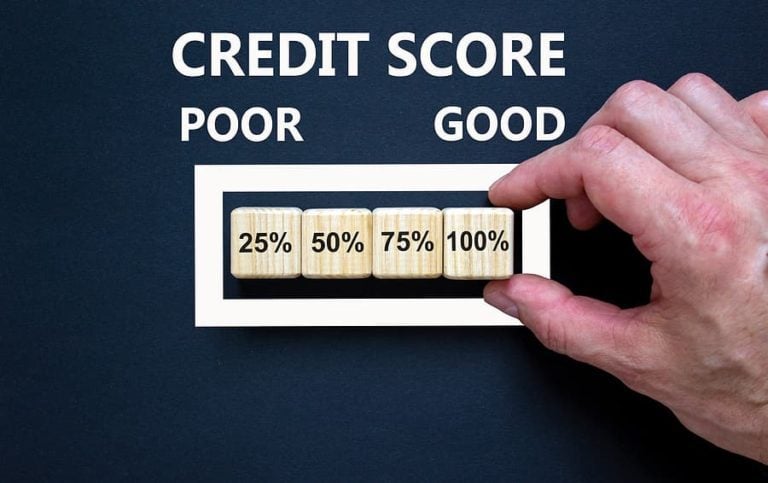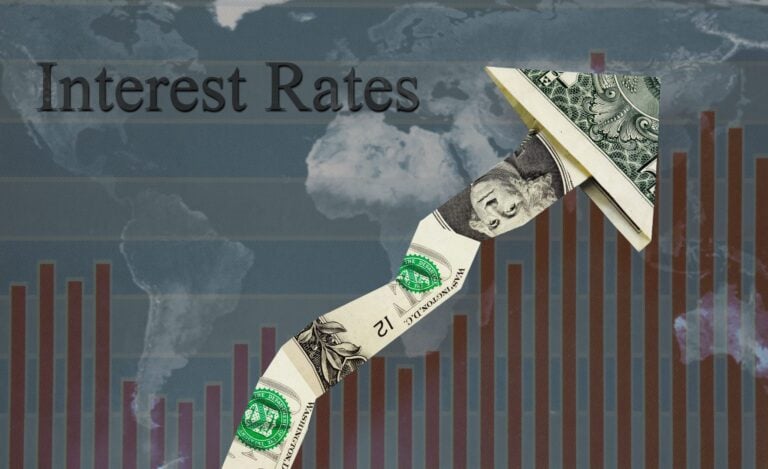This article will discuss the reasons why the Credit CARD Act was created, the problems it was designed to solve, and discuss the consumer protections that have been implemented since the Credit CARD Act of 2009 was enacted.
Why the Credit CARD Act was Created
The Credit CARD Act was passed by lawmakers in an effort to curtail predatory practices within the credit card industry. These practices included implementing sudden interest rate hikes without prior notification or adequate reason and assessing undisclosed “over-limit” fees when the credit card issuer allowed the cardholder to spend beyond an established credit limit – only to charge a fee for the privilege of doing so.
The monthly statements associated with “fee-harvester” cards – as they became known – were notoriously unclear as to the assessment of late fees, over-limit charges and sudden changes in high interest rates.
Finally, many credit card companies had grown accustomed to marketing to underaged consumers on college campuses, generating cardholders in some instances who lacked the financial understanding and maturity to responsibly manage debt.
Restrictions on High Interest Rates, Late Fees and Over-Limit Fees
Changes implemented in accordance with Title I of the CARD Act included restrictions on interest rate hikes, late fees and over-limit fees. For instance, interest rate hikes now require 45-days advance notice and are permissible on existing balances only after a promotional rate period ends, a cardholder makes a late payment, or there is already a variable rate within the account terms.
Prior to the CARD Act, the practice of “universal default” was actively enforced. When a cardholder fell delinquent on an unrelated account (such as a utility bill), the interest rate on an existing credit card balance could suddenly be hiked in response. This practice is no longer allowed, and today the interest rate on new transactions can only increase after an account has been active for one year, and a minimum of 45-days advance notice has been given.
Meantime, the CARD Act capped late fees at $25, though repeat offenders within a six-month period can be charged more. Additionally, over-limit fees were throttled by requiring the cardholder to “opt-in” for transactions that exceed pre-defined credit limits. If a cardholder “opts-out” of this feature, any transaction that exceeds the credit limit will automatically be denied at the point of sale, thereby preventing the over-limit fee from being charged.
Limited Credit
Title III of the CARD Act focused on the protection of younger, college-aged consumers who can now only be granted limited credit that requires a co-signer if the applicant is under the age of 21, or proof of income that demonstrates an ability to repay credit card debt.
The CARD Act prohibits credit card companies from marketing on college campuses and requires them to maintain a minimum 1,000 foot distance if offering giveaways to entice students to apply for credit. Credit card companies are also prohibited from soliciting anyone under age 21 through direct mail offers, unless the potential recipient has already opted-in to receive such solicitations.
Subprime Credit Cards and Gift Cards
Rules were also enacted for subprime credit cards issued to individuals with weaker credit who were charged account-opening fees, as these upfront fees were capped at 25% of the available credit line for the first year.
Meantime, rules for gift cards were implemented stating that expiration could not take place before a minimum of five years had elapsed from the date of issuance, while dormancy fees can only be charged following twelve months of non-use. Fees on gift cards can now only be assessed once per month, and any possible fees must be clearly explained to a potential gift card buyer prior to purchase.
Minimum Payments
Following the CARD Act, credit card issuers must now disclose to cardholders the long-term financial consequences of making only the minimum monthly payment consistently and to specifically indicate just how long it will truly take to pay off the balance under such an approach.
The idea is that pointing out the bad news to a cardholder could serve as a deterrent to such a strategy, while also showing a more effective alternative – the amount of monthly payment required to pay off an existing balance in full, with interest, over a 36-month period.
Finally, the CARD Act mandated that for those accounts that carry different interest rates (promotional, cash advances, purchases, balance transfers, etc.), any payments made beyond the minimum payment get applied to the highest interest rate portion of the balance first, followed by the next-highest interest rate portion, etc.
This reversed the previous common practice of card companies applying payment amounts beyond the minimum payment to the lowest-interest rate balance portions first, thereby making it far more difficult for cardholders to pay off balances faster.

Gabriel Gorelik paves the way for customer service and operations at United Settlement. He is passionate about numbers and holds a strong belief in helping anyone with their debt. Before United Settlement, Gabriel received his BS in Finance & Economics from Brooklyn College. After graduation, Gabriel went on to build his first financial services company where he managed thousands of accounts for business and consumer clients. He understands the importance of client satisfaction, professionalism, and exceeding expectations.












